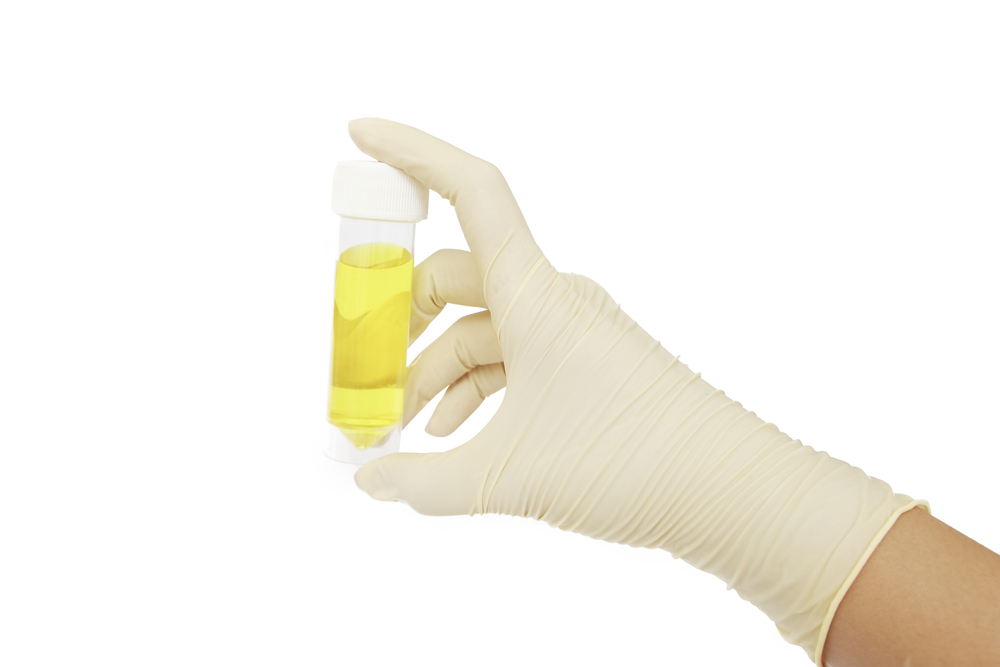An 81 year old gentleman was struggling with CHF symtpoms. Fluid overload was the problem with difficulty breathing secondary to increased edema/CHF symptoms. His Lasix was increased from 20 mg daily up to 40 mg daily to help promote the loss of fluid. Three days later, the increase in Lasix did not have a great enough effect and Zaroxolyn 5 mg daily was added to augment the fluid loss. The provider did order a follow up BMP (which would contain electrolytes and creatinine) for two weeks from the Zaroxolyn Rx.
The baseline potassium level was about 3.5 to 3.7 prior to the increase in Lasix and addition of Zaroxolyn. At the two week check, the potassium was down to a critical low of 2.4. This case is just a simple reminder that there is a reason why lab monitoring is necessary, and patients can run into serious problems very quickly if not kept a close eye on especially when significant changes are made. Dosing and frequency of these changes can make a huge difference in how aggressive we get in lab monitoring.
1,000 healthcare professionals across the world have taken advantage of this free resource – My 30 medication mistakes – Why haven’t you?



Such a common problem! I always make vitamin supplementation (potassium replacement, eating a banana daily, etc) part of my “new to diuretics” counseling.
Can I ask something? If I choose to increase the dose of Lasix (to 80 mg per day or higher) before the addition of Zaroxolyn, is that acceptable?
I certainly see both ways done by clinicians, if you aren’t seeing much return with increasing Lasix, then some will add on zaroxolyn…but certainly each case can and will be different and close monitoring of electrolytes and kidney function is critical!
Yeah seems hasty adding metalozone so quickly. I would consider switching to alternative loop diuretic in CHF; furosemide has high variability in intestinal absorption which worsens during fluid overload 2/2 gut wall edema. Torsemide is a great alternative that has consistent absorption. Also bumetanide many people know but providers often overdo dose given small. Careful with dose conversions and watch SCr and fluid status carefully with more potent loops. Also causes trouble when they start IV loop drips…2mg/hr of bumetanide doesn’t sound like much but is equivalent to 80mg/hr of furosemide!
If you understand the pharmacodynamics of loop diuretics, you’d realize that doses need to doubled if no fx from previous dose rather than adding second drug.this is b/c the dose response curve for FENa is semi sigmoidal. This is especially salient in HF, where GI oedema can also impact absorption of the diuretic.
PS: that said, fully agree that BMP should have been drawn much sooner, I.e., in 3-4 days….
Please let me know if you’re looking for a author
for your site. You have some really good articles and I feel I would be a good asset.
If you ever want to take some of the load off, I’d absolutely love to write some content for your blog in exchange for a
link back to mine. Please send me an email if interested.
Thanks!